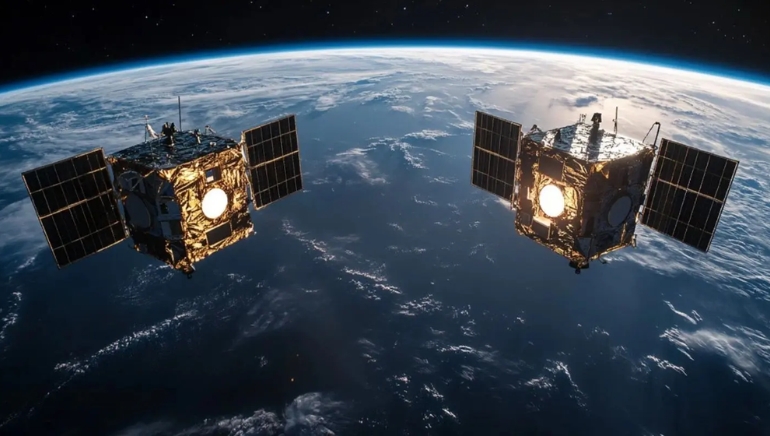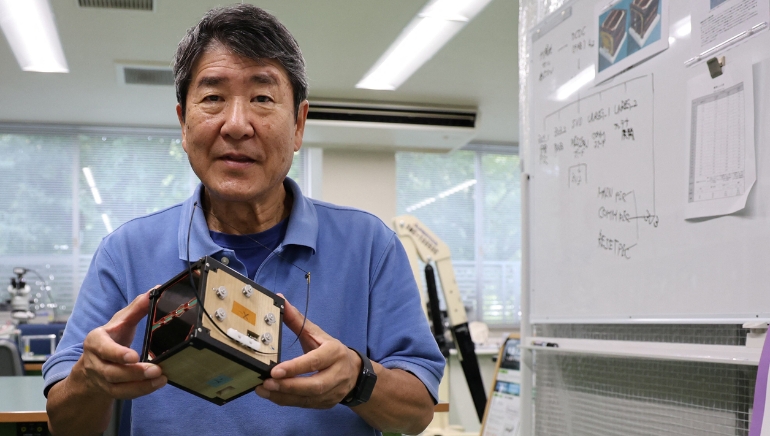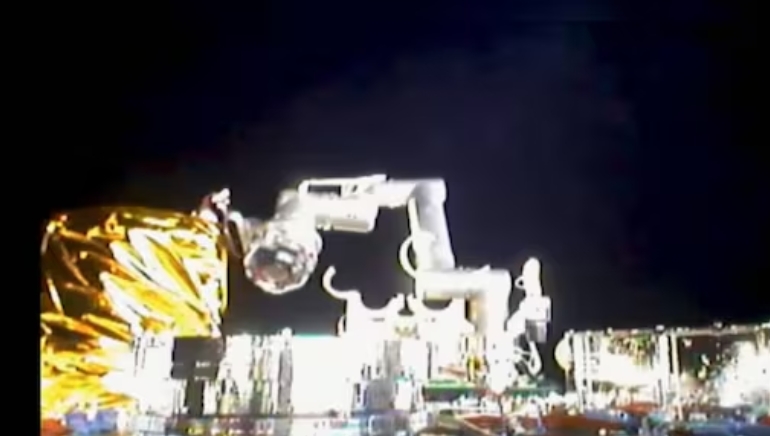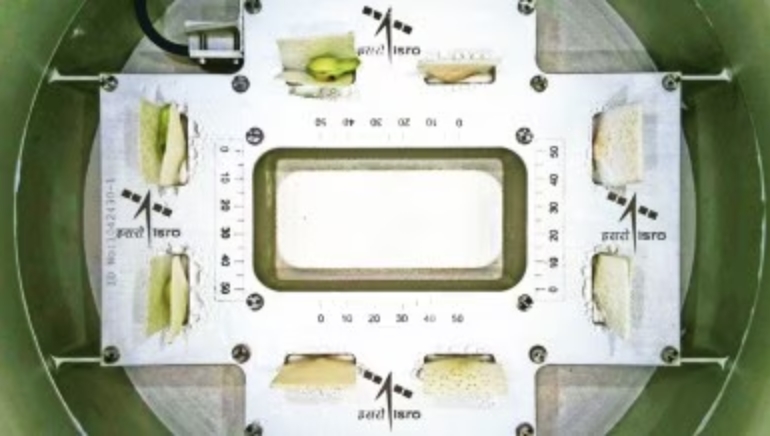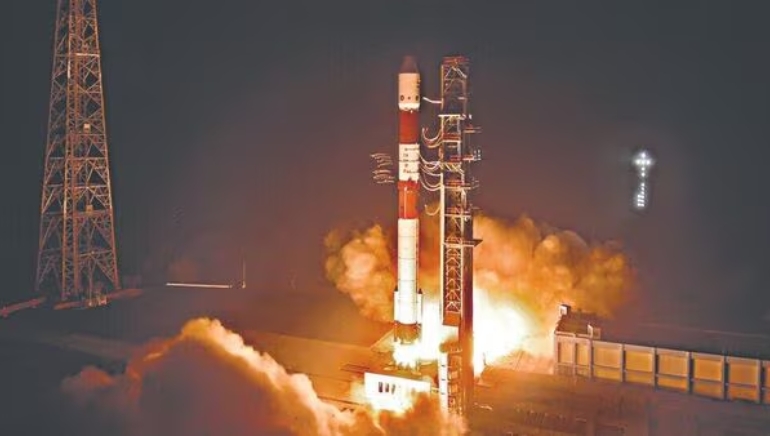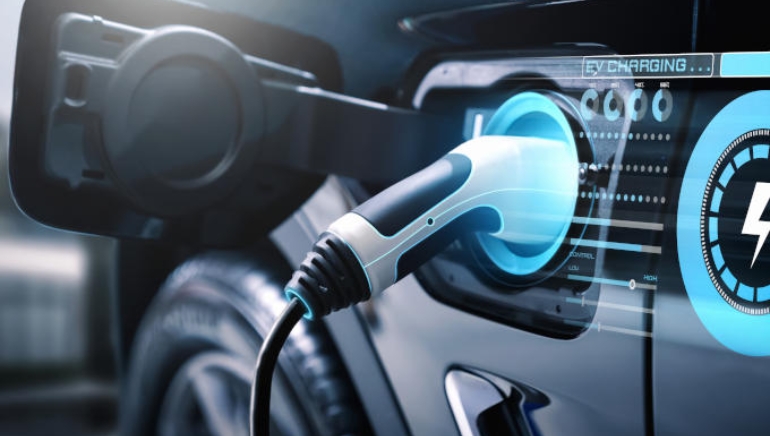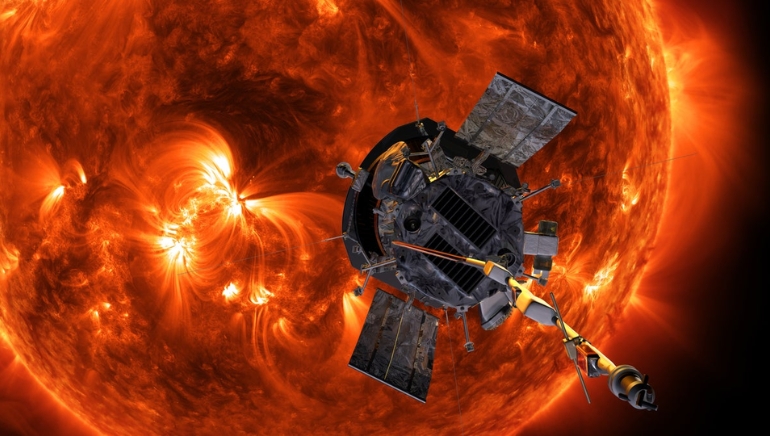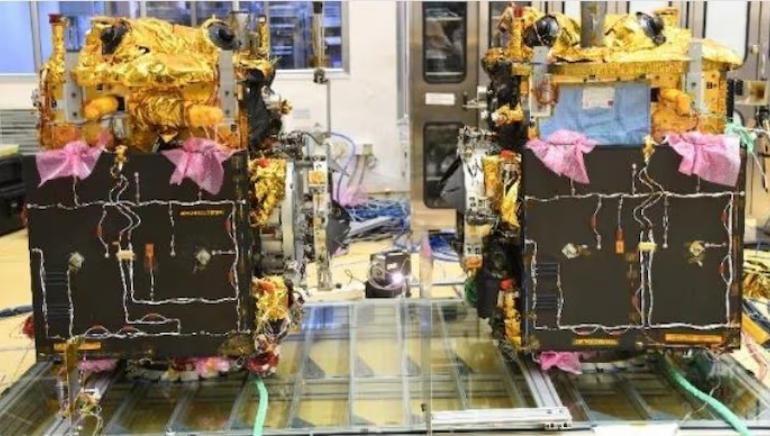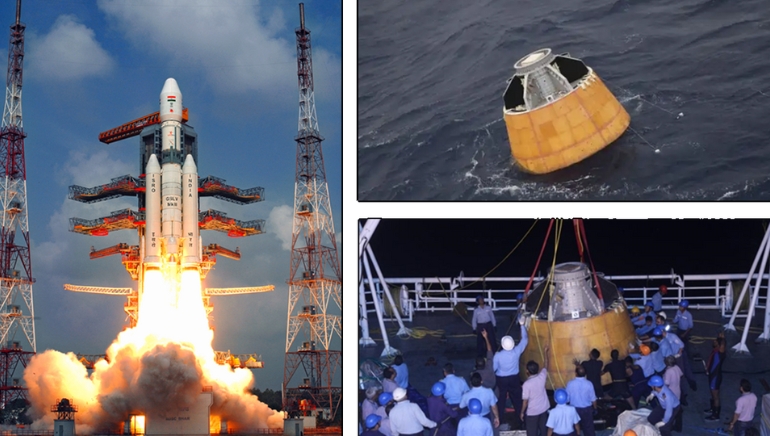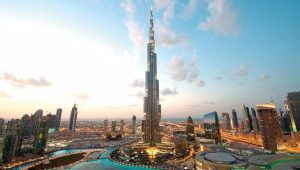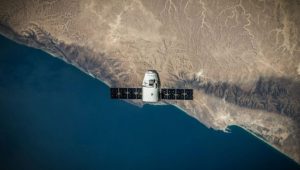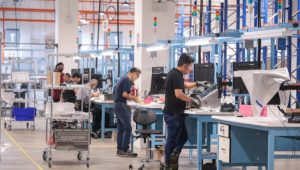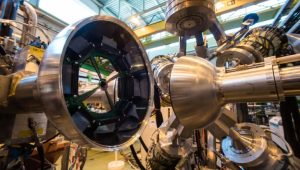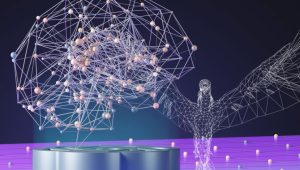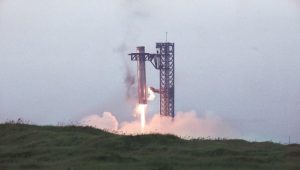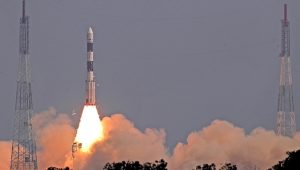Pixxel, India’s first private satellite network in the developing space industry, will launch three of the country’s six hyperspectral imaging satellites from California on a SpaceX rocket. The next three are expected to be deployed in the second quarter, and the satellites will be positioned in a sun-synchronous orbit at a distance of roughly 550 km. The launch is scheduled for Tuesday at 10:45 a.m. from the Vandenberg Space Force Base.
Awais Ahmed launched Pixxel, a Google-backed business that intends to grow its fleet to 24 satellites in order to compete in the $19 billion satellite imaging industry by 2029. Its hyperspectral imaging technique, which records fine-grained information across light bands, is intended for use in mining, agriculture, defence, and environmental monitoring. Rio Tinto, BP, and the Indian Ministry of Agriculture are among the 65 clients the company has already acquired.
Even though India’s space industry only accounts for 2% of the worldwide market, Pixxel intends to take a sizable chunk of the expanding satellite imaging business. Pixxel hopes to compete with international firms like SpaceX and China’s state-sponsored satellite initiatives by providing high-resolution capabilities through its Firefly constellation. By March, full commercial capabilities are anticipated.






